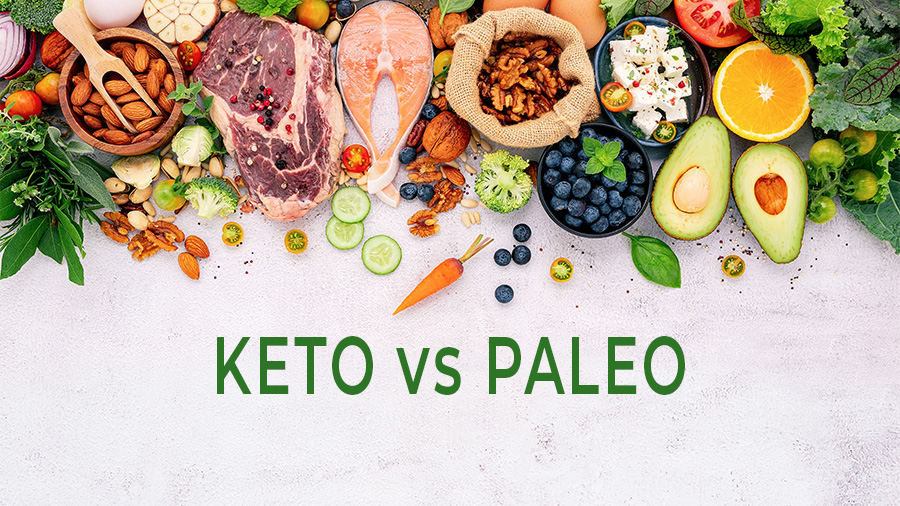Choosing the right diet can be challenging with the myriad of options available. Two highly popular dietary approaches, the Paleo diet and the Keto diet, have garnered significant attention. In this article, we will untangle the differences between these diets, helping you understand their core principles, individual benefits, and how they vary from one another.
Understanding the Paleo Diet
The Paleo diet, also known as the Paleolithic or caveman diet, revolves around consuming foods that our ancestors ate during the Paleolithic era. It emphasizes whole, unprocessed foods such as lean meats, fish, fruits, vegetables, nuts, and seeds. Grains, legumes, dairy, refined sugars, and vegetable oils are avoided.
Benefits of the Paleo Diet
- Nutrient-rich foods: By focusing on whole, unprocessed foods, the Paleo diet promotes a nutrient-dense eating pattern, providing essential vitamins, minerals, and antioxidants.
- Reduced inflammation: Eliminating processed foods and potential allergens may help reduce inflammation in the body, which is linked to various chronic conditions.
- Weight management: The emphasis on lean proteins, healthy fats, and high-fiber foods can support weight loss and weight management.
- Blood sugar control: The Paleo diet’s low-glycemic index foods can help regulate blood sugar levels and improve insulin sensitivity.
Decoding the Keto Diet
The Keto diet, short for the ketogenic diet, centres around drastically reducing carbohydrate intake while increasing fat consumption. This low-carbohydrate, high-fat approach aims to induce a metabolic state called ketosis, where the body burns fat for fuel instead of glucose. It involves consuming approximately 5-10% carbohydrates, 15-30% protein, and 60-75% fat.
Benefits of the Keto Diet
- Weight loss: The Keto diet’s ability to suppress appetite, increase satiety, and promote fat burning has made it effective for weight loss.
- Improved insulin sensitivity: By reducing carbohydrate intake, the Keto diet can enhance insulin sensitivity, making it beneficial for individuals with type 2 diabetes or prediabetes.
- Mental clarity: Some individuals report enhanced mental focus and clarity while in ketosis, which may be attributed to the production of ketones.
- Therapeutic applications: The Keto diet has been explored as a therapeutic approach for conditions like epilepsy, Alzheimer’s disease, and certain types of cancer.
Key Differences Between Paleo and Keto
- Macronutrient ratios: The Paleo diet focuses on balanced macronutrients (protein, fat, and carbohydrates), while the Keto diet restricts carbohydrates significantly, emphasizing high fat and moderate protein intake.
- Carbohydrate allowances: The Paleo diet allows for moderate consumption of fruits, vegetables, and some starchy carbohydrates, whereas the Keto diet strictly limits most high-carbohydrate foods.
- Ketosis as a goal: The Keto diet intentionally aims to achieve and maintain a state of ketosis, whereas the Paleo diet does not explicitly focus on ketosis, though it may occur due to reduced carbohydrate intake.
- Emphasis on food quality: Both diets emphasize whole, unprocessed foods, but the Paleo diet places greater emphasis on the quality and sourcing of food.
When choosing between the Paleo and Keto diets, consider your preferences, health goals, and individual needs. The Paleo diet emphasizes whole, unprocessed foods with moderate carbohydrate intake, while the Keto diet focuses on achieving ketosis through very low carbohydrate and high fat intake. Understanding these distinctions will help you make an informed decision that aligns with your health and lifestyle aspirations. Remember to consult with a healthcare professional or registered dietitian before making any significant dietary changes.




